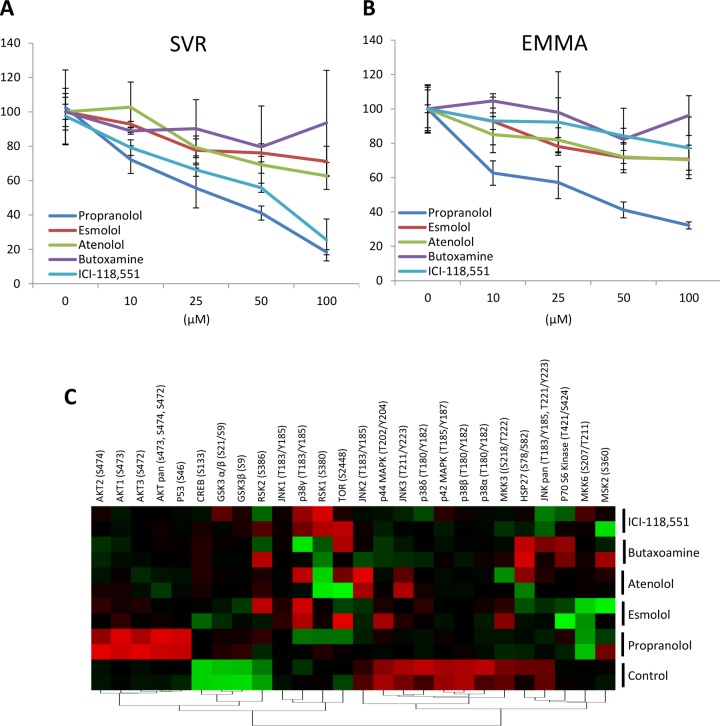Figure 2. Non-selective β-AR antagonists reduce angiosarcoma cell viability more effectively than selective antagonists.
(A & B) Two angiosarcoma cell lines, SVR and Emma, were treated with equimolar (25 µM) combinations of propranolol (β1-AR and β2-AR antagonist), esmolol (β1-AR selective antagonist), atenolol (β1-AR selective antagonist), butoxamine (β2-AR selective antagonist), or ICI-118,551 (β2-AR selective antagonist). Cell viability was assessed after 48 hours of treatment. (C) SVR cells were treated with equimolar (25 µM) concentrations of propranolol, esmolol, atenolol, butoxamine, or ICI-118,551 for 1 hour. Protein lysates were analyzed in duplicate using an antibody array that simultaneously detects the relative phosphorylation of 24 kinases. The normalized levels of the phosphorylated proteins across the treatments were visualized via a heat map (red=increased phosphorylation, green=decreased phosphorylation).

